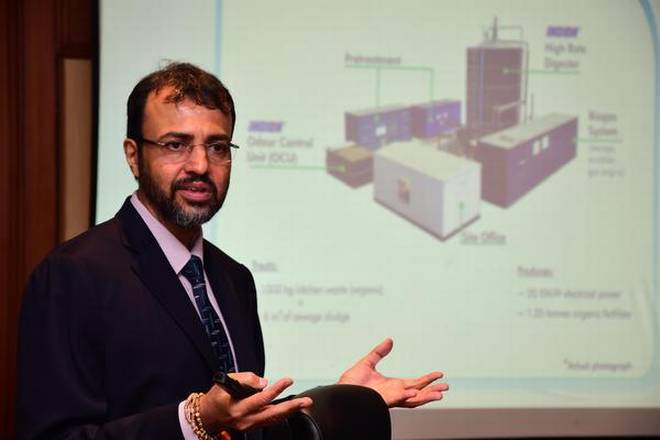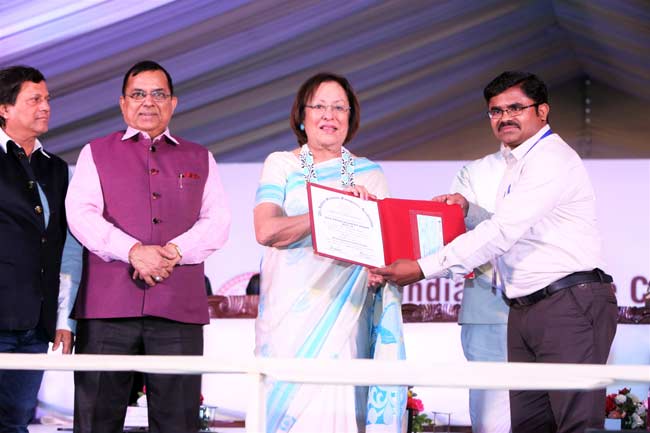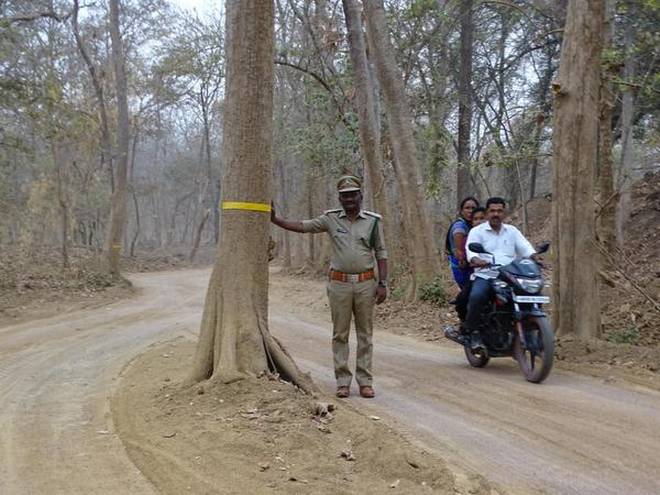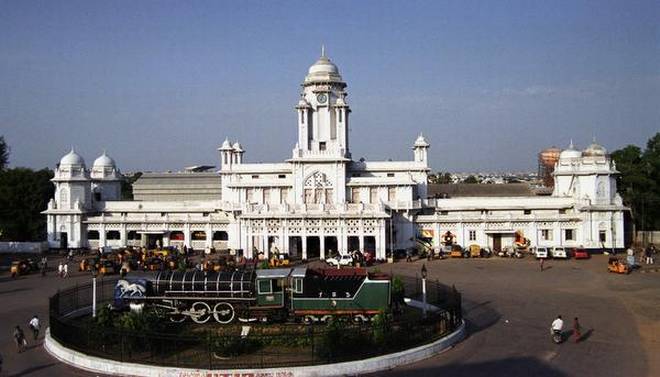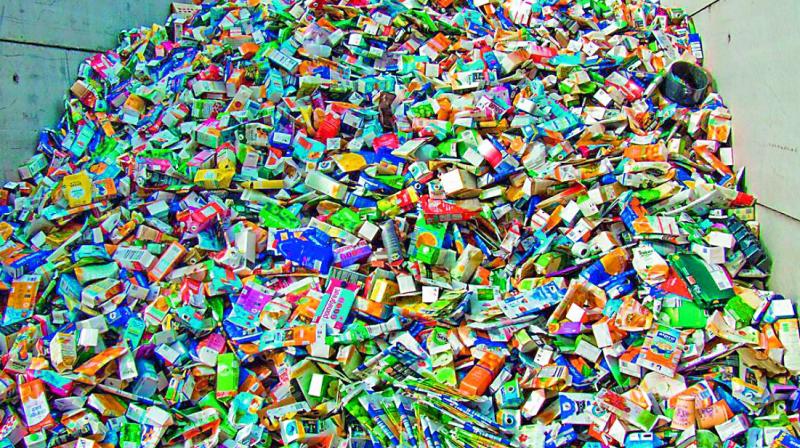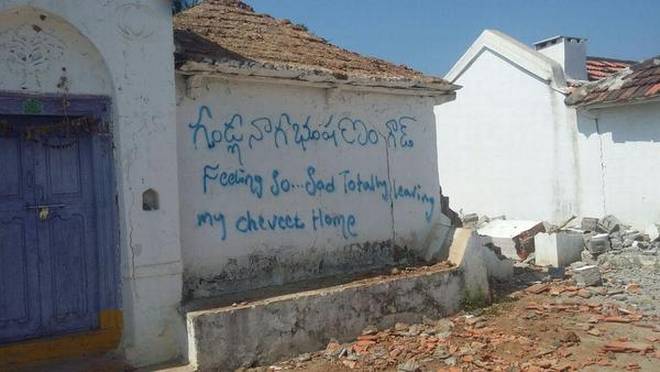Hyderabad :
Pattiseema project has added another feather to its hat. Megha Engineering & Infrastructures Ltd. (MEIL), which set a record in the execution of the Pattiseema project, has set another record by diverting 100 TMC of water from River Godavari to River Krishna through a lift system in 148 days.
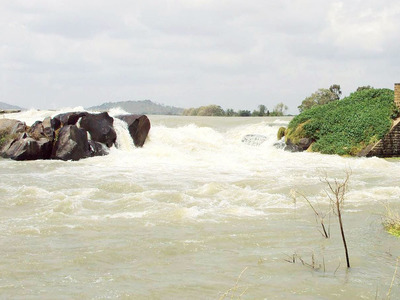
Pattiseema project is a prestigious project of the AP government that has linked both Krishna and Godavari. The project was taken up to divert 80 TMC of water from Godavari and Krishna in 110 days. In this year, the project has diverted 100 TMC of water in 148 days. This is an increase of 20% over the intended usage of the project.
Official sources said Pattiseema is the only project in India to divert 100 TMC of water in one season. In this year, 98% of the acreage under river Krishna has been brought under cultivation.
“Normally, in any lift irrigation project, the pumps and motors are put to use only for three months or less every year. In Pattiseema project, all the 24 motors have been functional for the last 4 months. The 24 motors, one lakh twenty thousand hours, 159 TMC of diverted water,” a senior official of AP Irrigation department said.
Interestingly, the project was completed before time by the project contractor MEIL and subsequently entered into the Limca Book of Records for diverting 100 TMC of water this year from River Godavari to Krishna Delta. The works began on March 30, 2015 and completed the works by March 20, 2016.
Officials said Pattiseema is the first project in India to be completed on time without any budgetary enhancements. In spite of many challenges and setbacks, the government planned diligently and employed a workforce of 2,000 to complete the project. The first pump was made functional in 173 days (on 18th September 2015) and water was released.
According to a release, the pump house which is spread across an area of 7476 sq. m. is the largest in Asia. The project pumps 240 cusecs of water through 24 pumps. After the completion of the project, the pumps have been operational for 1.2 lakh hours till now. This means that each pump has been operational for 5000 hours without any hurdles. The pumps were successful in diverting 4 TMC of water in 93 days in the first year (2015), 55.6 TMC of water in 137 days in 2016, and 148 TMC of water till now in 2017.
Irrigation officials said this year, the farmers of Krishna Delta received water to their farmlands in the beginning of July. This has never happened in the past.
These farmers sowed their paddy crops in the months of October and November every year due to water scarcity. They incurred heavy losses when their crops were inundated during the monsoons and other calamities. After the completion of the Pattisam project, the farmers have started receiving water on time. As a result, they are reaping the benefits of a good harvest without any obstacles. The officials from irrigation and water resources department are able to ascertain the actual reason behind such abundant harvests.
source: http://www.timesofindia.indiatimes.com / The Times of India / News> City News> Hyderabad News> Civic News / by Koridi Mahesh / TNN / November 16th, 2017
